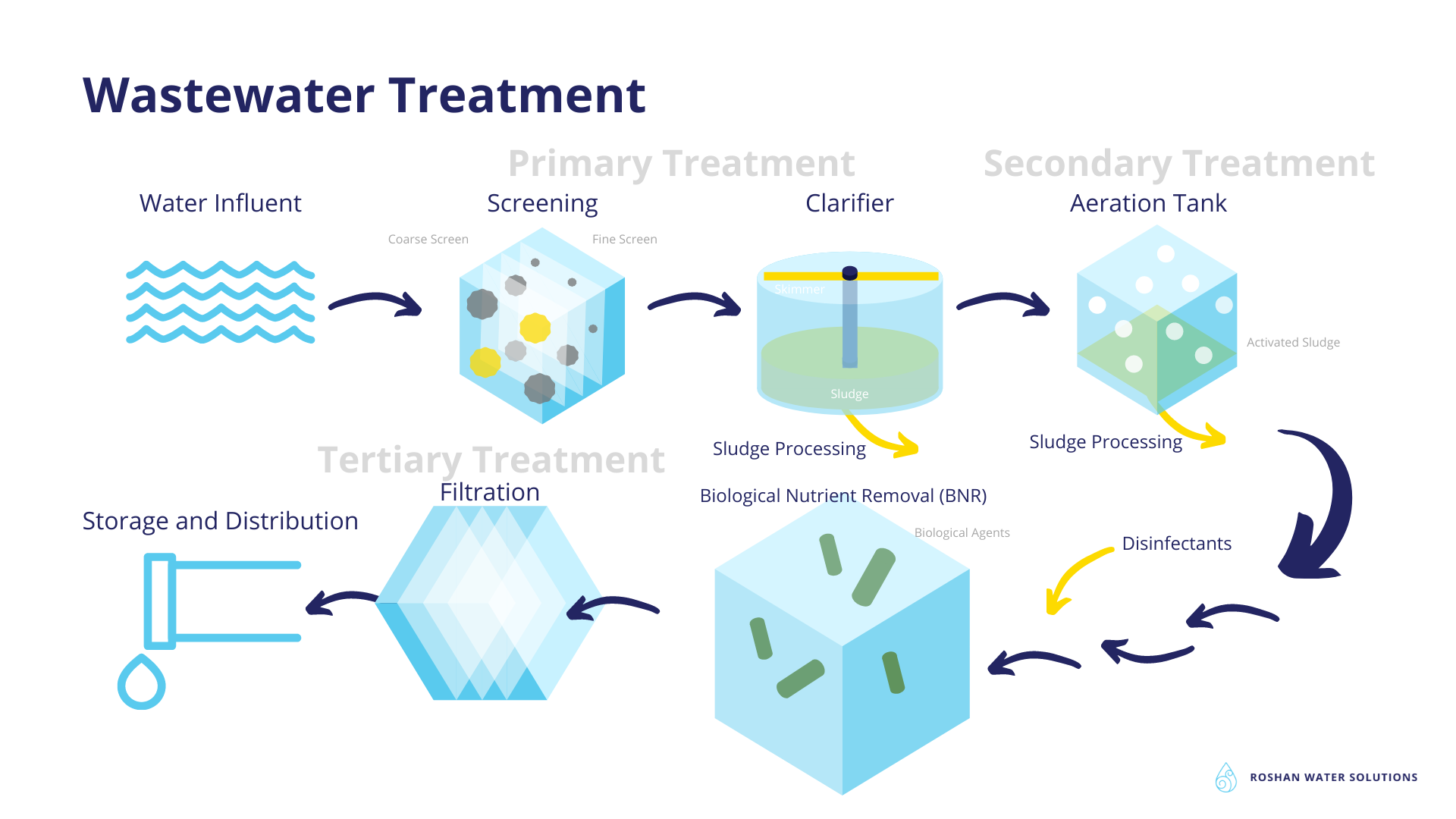The Definitive Guide to Bacteria Testing
Some Known Questions About Bacteria Testing.
Table of ContentsA Biased View of Bacteria TestingHow Bacteria Testing can Save You Time, Stress, and Money.Not known Details About Bacteria Testing Fascination About Bacteria TestingSome Known Incorrect Statements About Bacteria Testing Getting The Bacteria Testing To Work
Coliforms are microorganisms that are always present in the digestive tracts of pets, including people, and are discovered in their wastes - Bacteria Testing. They are additionally located in plant and dirt product. Water contamination brought on by fecal contamination is a significant issue as a result of the potential for contracting conditions from pathogens (diseasecausing microorganisms)
Total coliform counts provide a general sign of the hygienic condition of a water system. include germs that are discovered in the dirt, in water that has been affected by surface water, and in human or animal waste. are the group of the overall coliforms that are thought about to be existing especially in the intestine and feces of warm-blooded animals.
Bacteria Testing Fundamentals Explained

Some rare stress of E. coli, particularly the pressure 0157: H7, can trigger serious ailment. Recent episodes of illness triggered by E. coli 0157: H7 have actually created much public concern about this microorganism. E. coli 0157: H7 has been discovered in livestock, poultries, pigs, and lamb. A lot of the reported human cases have actually resulted from eating under cooked burger.
Evaluating for bacteria is the only trustworthy way to know if your water is risk-free. You can not inform by the appearance, preference, or odor of the water if disease-causing microorganisms are in it.
What Does Bacteria Testing Do?

Although total coliforms can originate from sources apart from feces, a positive total coliform sample should be taken into consideration a sign of contamination in your well. Positive fecal coliform outcomes, particularly favorable E. Coli results, ought to be thought about indicator of fecal air pollution in your well. When coliforms have actually been found, repair services or adjustments of the water supply may be required.
A faulty well is commonly the reason when coliform bacteria are located in well water. - seals around cables, pipes, and where the cap meets the housing might be fractured, allowing contaminants - fractures or holes in the well casing permit water that has not blog been filtered via the dirt to go into the well.
Bacteria Testing - Questions
The U. S. Environmental Defense Firm (EPA) needs public water systems to regularly examine water for complete coliform germs and E. coli. Safe alcohol consumption water does not have E (Bacteria Testing). coli or other virus in it. Here are some suggestions on just how to stop and resolve coliform bacteria contamination: Shield Your Well by creating it in a secure area
You are liable for maintaining your well water safe and testing it as required. You can likewise call your region to see if they have any programs to make screening your water much easier.
Disinfect your well with a chlorine solution, utilizing the very same Well Disinfection steps as above. Evaluate your well water again after disinfection to verify there are no coliform microorganisms. You can make use of the water once more, without steaming, when the well has actually been sanitized and the water no longer examines positive for coliform bacteria.
7 Easy Facts About Bacteria Testing Explained
Your public water system is routinely examined for coliform microorganisms. The system will certainly provide a public notice within 24 hours if it identifies E. coli.
You can find the coliform germs test results for the systems serving places various other than where you live by getting in touch with the water system.
The National Ground Water more Organization (NGWA) advises well owners test their water at the very least every year for germs, nitrates, and any type of pollutants of regional problem. More frequent screening should be considered if: There is a modification in the taste, odor, or appearance of the well water, or if a trouble happens such as a broken well cap, inundation by floodwaters, or a brand-new contamination resource The well has a history of bacterial contamination The septic tank has actually recently malfunctioned Member of the family or house visitors have reoccurring cases of intestinal health problem A baby is residing in the home, or To keep track of the effectiveness and efficiency of home water therapy equipment.
The 10-Second Trick For Bacteria Testing
Extra tests may be recommended great site if water appears over cast or oily, if bacterial growth is visible on components, or water therapy devices are not working as they should. Get in touch with your water well specialist, state division of natural deposits, or local health division for details on local water high quality issues.Evaluate your water a minimum of 2 times a year. Call a public wellness assessor to see what's finest for your water system. Coliforms are a group of germs that are practically everywhere. They are in dirt, plants, sewage, and manure. E. coli are germs that individuals and some pets have in their intestinal tracts.